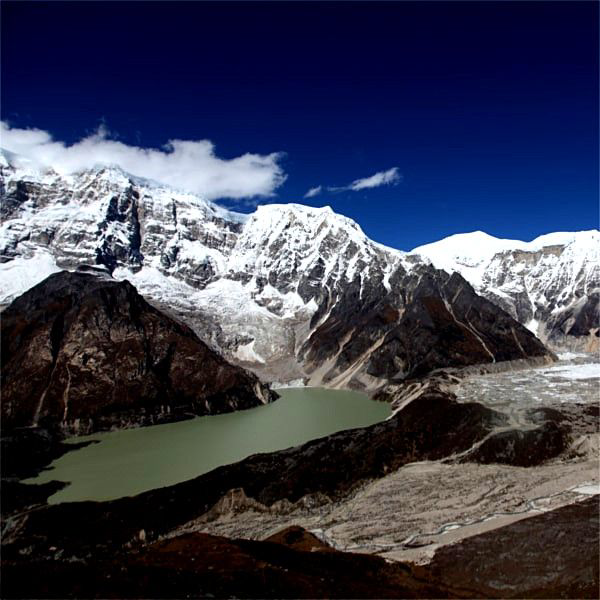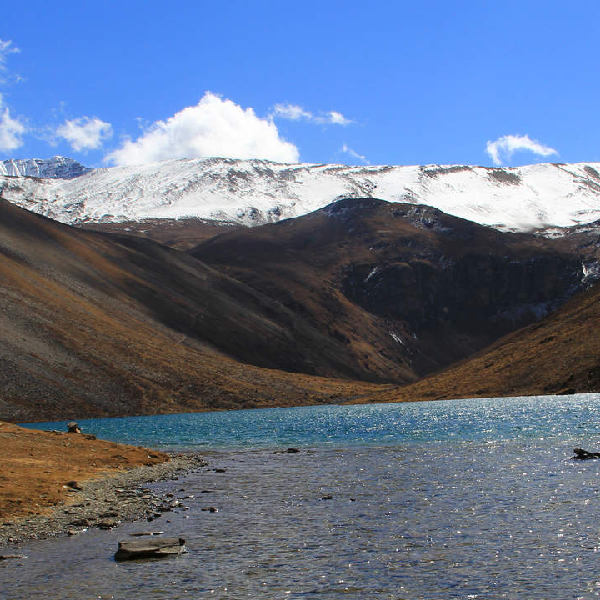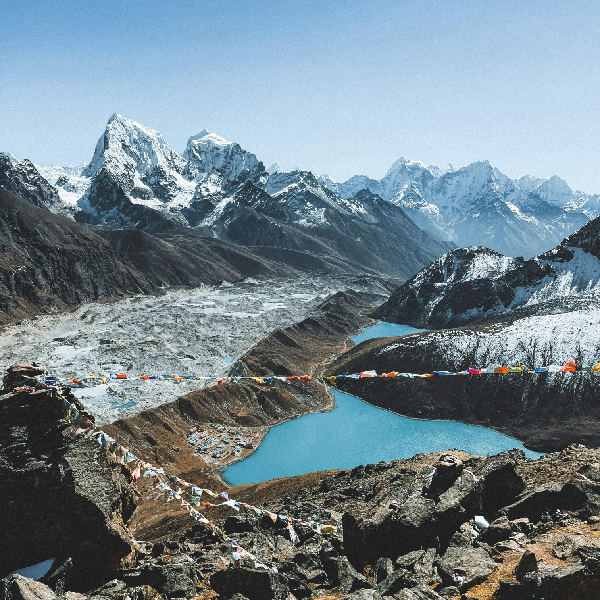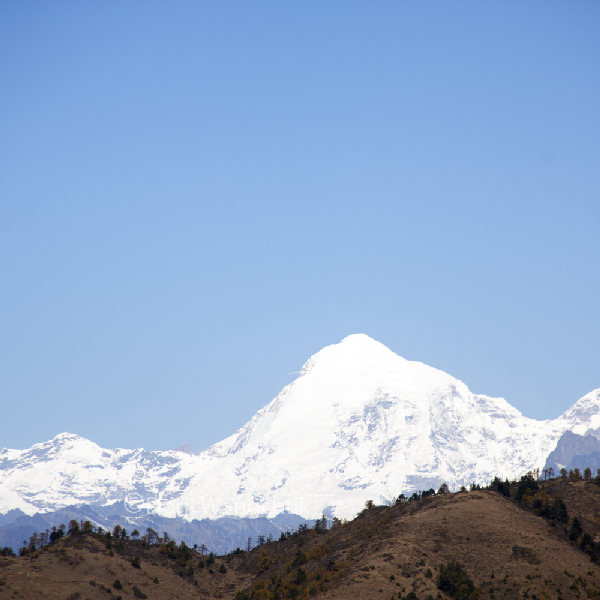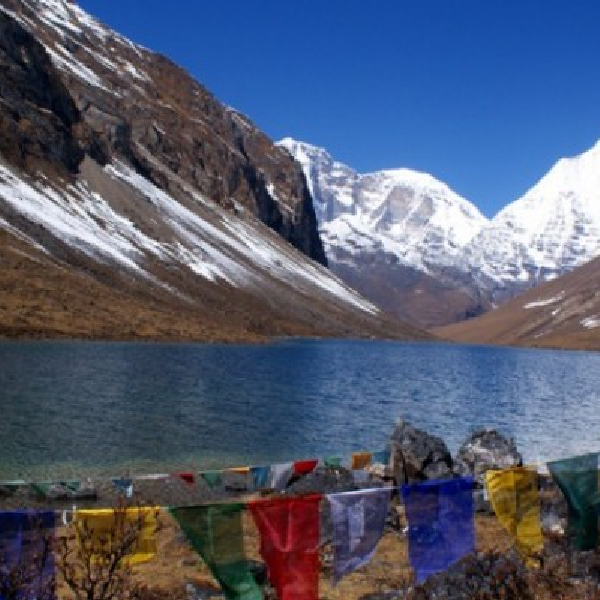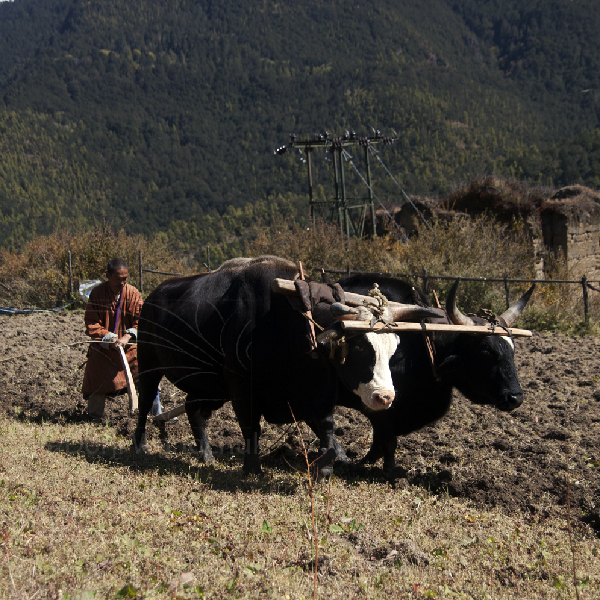Today, set out on a full-day journey through Bumthang, often hailed as the spiritual and cultural heartland of Bhutan. With its rolling green hills and alpine charm, the region is affectionately known as the “Switzerland of Bhutan.” Bumthang’s valleys cradle some of the kingdom’s most revered temples and ancient sites, each echoing centuries of sacred tradition.
Jakar Dzong
Begin your morning with a visit to Jakar Dzong, the “Castle of the White Bird.” Overlooking the Chamkhar Valley, this commanding fortress serves as both the regional administrative center and the summer residence of the monastic community.
Chakar Lhakhang
Next, explore Chakar Lhakhang, or the “Iron Castle,” built on the legendary site of King Sindhu Raja’s palace. Rich in mythology, this ancient temple is intertwined with the early arrival of Buddhism in Bhutan and offers a glimpse into the country’s deep spiritual roots.
Kurje Lhakhang
Proceed to Kurje Lhakhang, one of Bhutan’s most revered pilgrimage sites. At its heart lies a sacred cave where Guru Rinpoche is believed to have meditated in the 8th century, leaving a miraculous imprint of his body etched into the stone. This sacred place radiates profound spiritual energy, offering visitors a serene and deeply uplifting experience.
Jambay Lhakhang
A short drive away lies Jambay Lhakhang, built in the 7th century by Tibetan King Songtsen Gampo. According to legend, it is one of 108 temples constructed across the Himalayas to subdue an ogress threatening the spread of Buddhism. Its age-old murals and architecture reflect Bhutan’s enduring devotion.
Chamkhar Town
In the afternoon, enjoy a relaxed visit to Chamkhar Town. Stroll through this quaint town, browse local shops, or sip a cup of butter tea by the riverside. It’s a wonderful place to observe daily life in Bumthang.
Yathra Weaving Centre – Chumey Valley
Before returning to your hotel, stop by a traditional Yathra weaving center in the Chumey Valley. Here, local artisans craft vivid woolen textiles—scarves, blankets, shawls, and more—using handwoven techniques passed down through generations. The colorful designs are as symbolic as they are beautiful.
Highlights of the Day:
Return to your lodge in the evening with a heart full of stories and a deeper connection to the sacred soul of Bhutan.
Hotel
B/L/D
